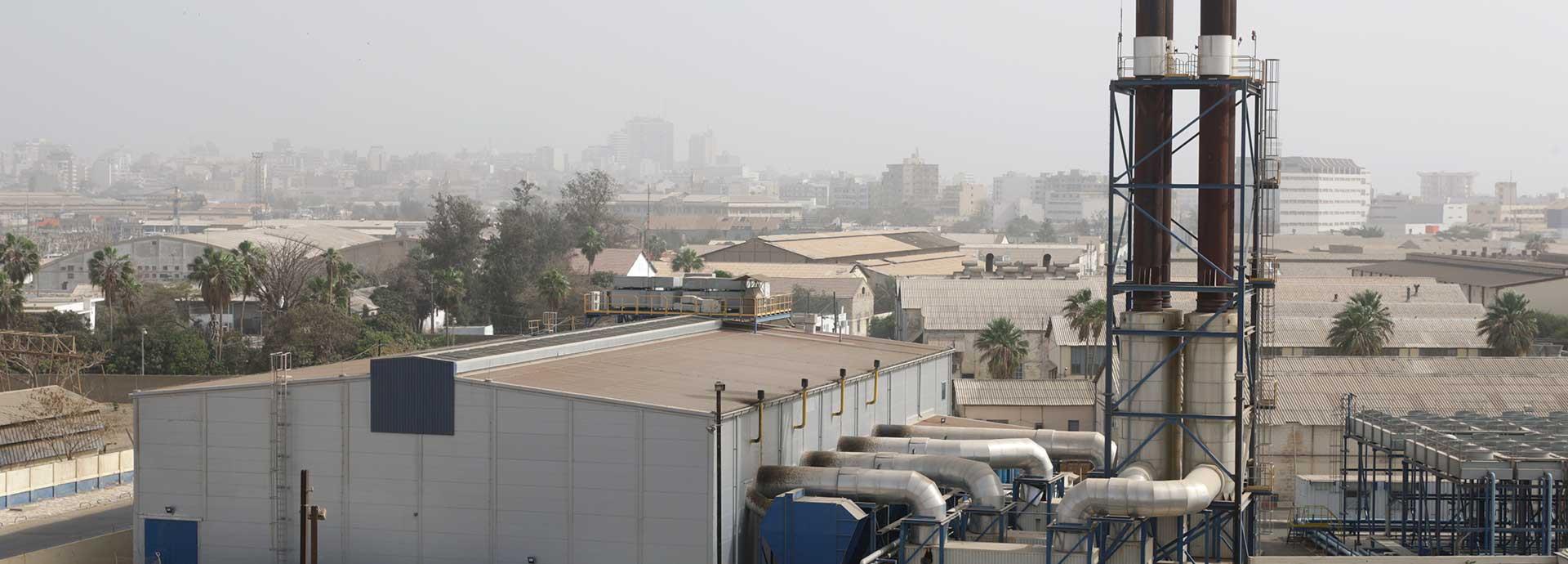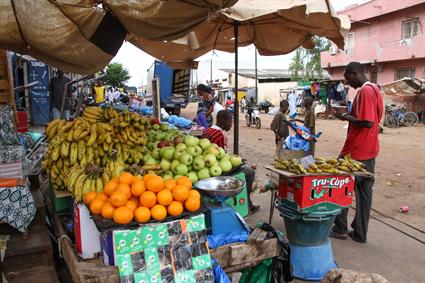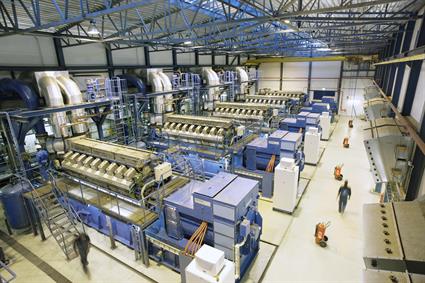

Access to electricity is a luxury for many in West Africa. The region’s crippling power crisis due to infrastructural gaps has been compounded by an economic turmoil that affects investment to the sector. In 2015, an International Energy Agency (IEA) report stated that increasing the electrification rate in sub-Saharan Africa from 32% then to 70% in 2040 would cost USD 205 billion in capital investment with West Africa needing the biggest share of about USD 75 billion. The need is more than justified.
“Provisional figures show that for a population of an estimated 355 million, West Africa has a total installed capacity of only 24 GW. This amounts to 68W per person assuming all power plants are operating at full capacity,” says Dan Marks, Senior Research Analyst & Contributing Editor to African Energy.
But a lot of power plants are not operational in the region. There is a solution in sight though. Enter, rehabilitation. In this context, it means heavy maintenance of power plants’ equipment to get it back to its usual or optimum functionality. Rehabilitation can also include reconditioning or upgrading components of the equipment.
“Some power plants in Africa are losing productivity and efficiency after being in operation for a few years. Often, the power capacity is derating. Wärtsilä’s rehabilitation project is offering solutions to bring power plants back to a very good shape with its original capacity,” says Mamadou Goumble, Managing Director, Services Unit West Africa (SUWA), Wärtsilä.
Wärtsilä has been working hand-in-hand with various governments in West Africa to ensure better power productivity through rehabilitation of derating power plants. Diagnostic studies conducted and recovery plans drawn by Wärtsilä are helping governments initiate electricity rehabilitation and extension projects. This, industry experts believe, is a sign of progress.
“Big power companies have an essential role in engaging with governments, providing support, advice and knowledge transfer, and ultimately delivering high quality infrastructure at the fairest possible price,” says Marks.

10 years - 1000MW
Senegal is a case in point.
“In 2011, Senegal had a deficit of about 100 MW. We covered about 35 MW through rehabilitation, and added another 60 MW through extension of two existing power plants. We thus covered 95% of the deficit in Senegal,” says Cheikh Niane, Senior Account Manager, SUWA. In addition to enhancing production capacity, Wärtsilä’s offering also improves energy efficiency of the projects.
With customized lifecycle upgrades and up-to-date equipment and servicing, a power plant’s energy efficiency can be considerably increased, which improves the installation’s performance. In addition, a boost in energy efficiency decreases emissions, reducing negative environmental impacts.
The prominence, reliability and efficiency of Wärtsilä can be gauged from the fact that within 10 years of sending its first engine to a plant in Senegal, Wärtsilä today has more than 1000 MW installation in the whole of West Africa. With three big rehabilitation projects already operational in Cameroon, Guinea and Benin, and two more underway in Mali and Guinea, SUWA is constantly devising, improvising and customising solutions for its customers with very specific needs and significant budget constraints. This is because countries in West Africa have problems that are not of the same nature.
For instance, Ghana is facing a problem of excess capacity and Nigeria is grappling with power plants that operate at a fraction of its potential capacity. Each of this case needs closer inspection before diagnosis.
Wärtsilä’s approach to rehabilitation begins with a detailed audit of the power plants – a process introduced in the region by Wärtsilä. It studies the sick power plants thoroughly and then offers a comprehensive and customised rehabilitation programme, which suggests what can be done to increase productivity. The successful rehabilitation of many power plants by Wärtsilä, has won the company long term agreements for Operations and Maintenance across West Africa.
“We have proved time and again that we can customise solutions for customers and deliver results within given time frame. By choosing Wärtsilä, our customers know that they have expertise, knowledge, workable solutions, and assured delivery - all on their side,” says Niane.

The diverse energy mix
But in the fast changing times, West Africa is not only racing against lack of power, but also lack of clean energy. Estimates from African Energy Live Data suggest that out of the total installed capacity of 24 GW in West Africa, around 77% is thermal power, 21% hydroelectric, and barely 2% accounts for other renewable and hybrid sources.
Here again, Wärtsilä’s portfolio gives it a vantage point. “Our offering is very diversified from conventional to renewable energy. We are able to support our customers with solutions that allow them to be both efficient and flexible,” says Goumble.
“Also Wärtsilä is one of the rare companies that has been able to deliver turnkey power plants and run the Operation & Maintenances with committed availability rate. The national utilities can rely on a strong and committed partner delivering, operating and maintaining their assets.”
More impetus on such projects along with improved political will could definitely tip the scales in favour of West Africa. There is light at the end of tunnel for the region.
WÄRTSILÄ IN WEST AFRICA
With presence in 15 out of 18 countries in the region, Wärtsilä has been at the forefront of resolving the region’s power crisis. It deals with the rising demands of its customers (and its customers’ customers) and specialises in managing complex industrial turnkey service projects, such as fuel and gas conversions, plant extensions, relocations, and upgrades.There are challenges though. “This is unlike anything in the typical western markets where energy market is more developed. Maintenance and digitalisation of the whole system doesn’t come easy. At times, we don’t have 24/7 power supply or internet, and there is a need to micro-manage the solutions,” says Johan Verlaan, General Manager, Wärtsilä Services, Nigeria.
Wärtsilä solves the problems by providing customised solutions.
Following the success with power plants, Wärtsilä has launched a new propeller workshop in Onne. With this workshop Wärtsilä will be now able to overhaul compact and tunnel thruster units up to type CF/FS 300, as well as the controllable pitch propeller (CPP) installations and engine components.
With constant upgrades such as these, Wärtsilä is becoming a partner to reckon with in West Africa.